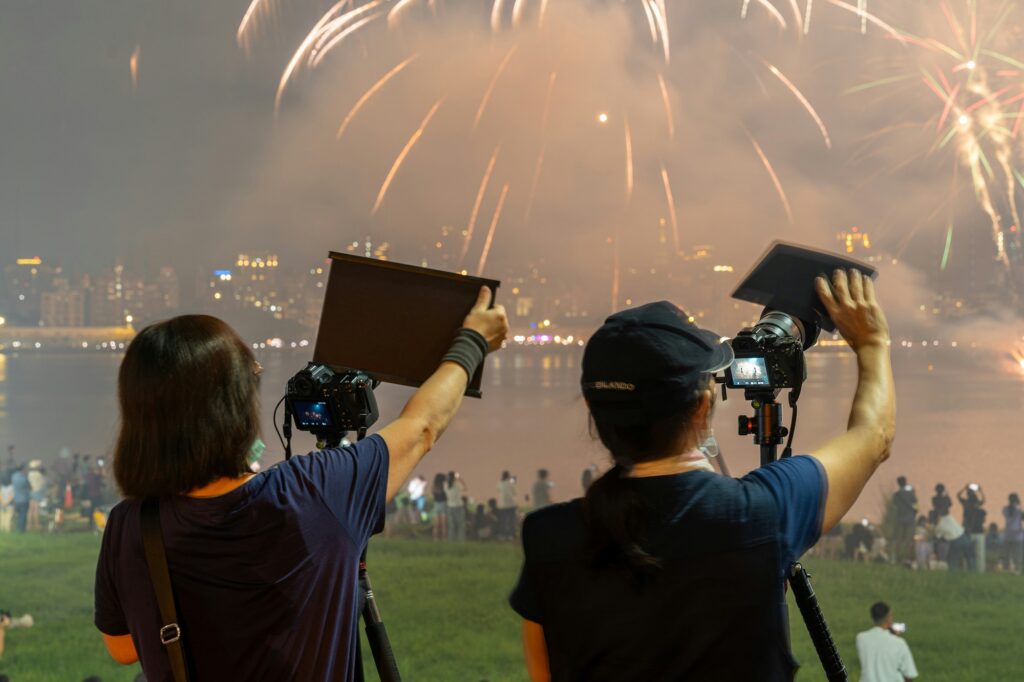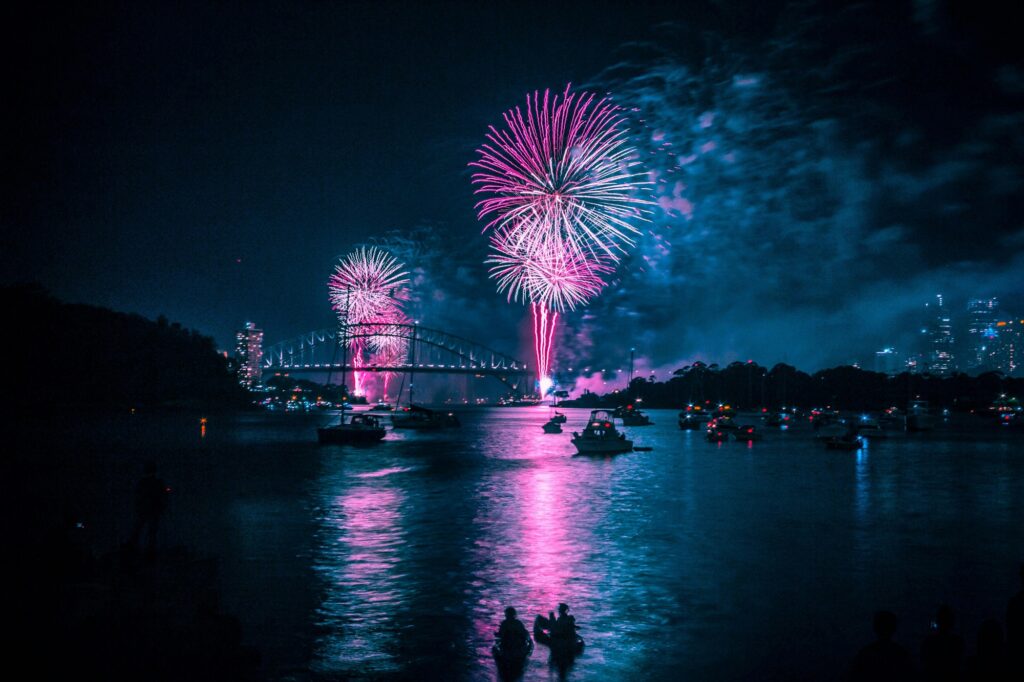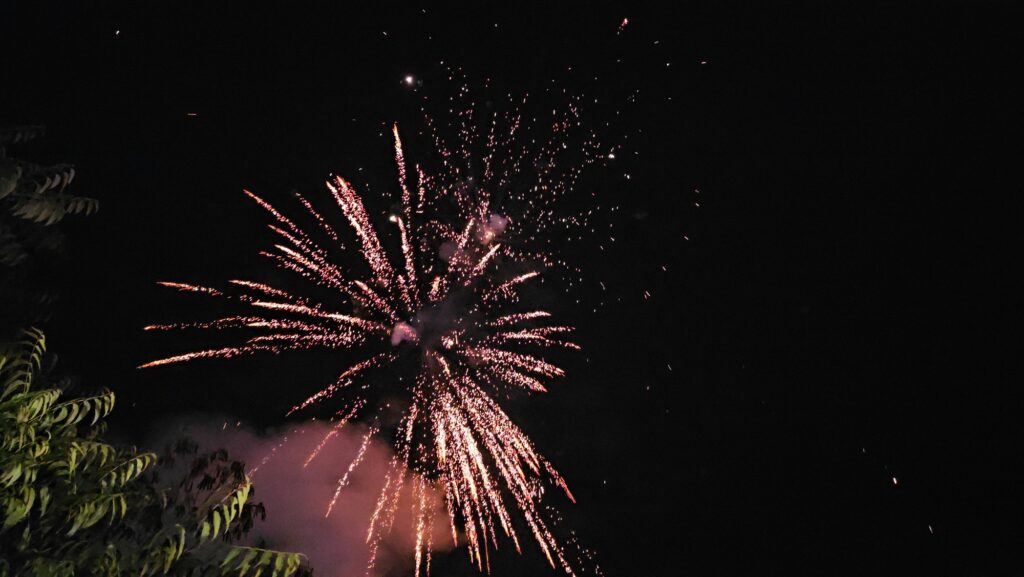Introduction to the Psychology of Fireworks
Fireworks captivate audiences worldwide with their vibrant displays and thunderous sounds. Their allure lies not only in visual splendor but also in the psychological impact they create. This fascination stems from a mix of curiosity, excitement, and nostalgia.
Understanding the psychology behind fireworks glasgow involves exploring how they stimulate the senses. Each burst of color and sound triggers emotional responses often linked to joy and celebration. This sensory stimulation can provide a temporary escape, allowing individuals to immerse themselves in the moment.
Fireworks also foster social connections. Whether enjoyed in large crowds or small gatherings, these displays create shared experiences that strengthen social bonds. By examining these psychological aspects, we can better understand why fireworks hold a special place in our hearts.

The History of Fireworks and Their Cultural Significance
Fireworks glasgow have a rich history, originating in ancient China where they were first used to ward off evil spirits. Over time, they evolved into symbols of celebration and prosperity. As they spread across the globe, different cultures adopted them for various ceremonies and festivities.
Across many cultures, fireworks are associated with freedom and independence. The United States uses dazzling displays to honor Independence Day and celebrate the triumph of liberty. Meanwhile, India lights up the skies during Diwali, a festival that represents the victory of light over darkness.
Beyond celebration, glasgow fireworks often symbolize hope and renewal, marking new beginnings and transitions. Understanding their historical roots helps us appreciate the traditions that make fireworks a meaningful part of cultural identity.
The Science of Fireworks: How They Work
The science behind fireworks is as intricate as it is fascinating. At the core of every firework is a carefully crafted shell containing various chemical compounds. When ignited, these compounds undergo rapid oxidation, resulting in the explosive bursts of light and sound that captivate spectators.
Fireworks are composed of several key components:
- Gunpowder: Provides the explosive force necessary to propel the firework into the sky.
- Color Agents: Metal salts that produce vibrant colors. For example, strontium yields red, while copper creates blue hues.
- Binders: Hold the firework’s components together and ensure stability.
Understanding these elements can enhance your appreciation of the craftsmanship involved in creating spectacular displays. Each firework is a testament to the meticulous planning and scientific knowledge required to produce breathtaking visual effects.
The Psychological Impact of Fireworks on Human Emotions
Fireworks often evoke strong emotional responses through their vivid visuals and powerful sounds. This sensory combination can induce feelings of awe, wonder, and excitement, often tied to positive memories of past celebrations.
The buildup to a display can also create a sense of joyful anticipation. When the first explosion lights up the sky, it triggers a collective moment of exhilaration among spectators.
However, not all reactions are positive. Loud noises and bright flashes can cause anxiety or fear, especially in individuals with sensory sensitivities or traumatic experiences. Recognizing these varied responses helps us understand the complex relationship between fireworks and human emotions.

Color Psychology: What Different Colors in Fireworks Represent
Colors play a vital role in the psychological appeal of fireworks. Each hue carries its own set of emotional associations, influencing how you perceive and react to a display. By understanding color psychology, you can gain insight into why certain colors resonate more than others during a firework show.
Common Firework Colors and Their Meanings:
- Red: Often associated with passion and energy, red fireworks can evoke feelings of excitement and enthusiasm.
- Blue: Known for its calming effect, blue can create a sense of tranquility and peace amidst the chaos of a firework display.
- Green: Symbolizing growth and harmony, green fireworks can foster feelings of balance and renewal.
- Yellow/Gold: Representing warmth and happiness, these colors often bring about feelings of joy and celebration.
By recognizing the emotional impact of colors, you can better appreciate the artistry and intentionality behind each firework display.
The Role of Fireworks in Celebrations and Festivals
Fireworks are a universal symbol of celebration, marking significant events and festivals across cultures. Their ability to create a stunning visual spectacle makes them a popular choice for commemorating milestones, both personal and communal.
Major holidays like New Year’s Eve, Independence Day, and national celebrations often feature grand firework displays as a central part of the festivities. These events provide an opportunity for communities to come together, fostering a sense of unity and shared joy.
Beyond large-scale events, fireworks also play a role in personal milestones such as weddings, anniversaries, and birthdays. They add an element of grandeur and excitement, making special moments even more memorable. By understanding the role of fireworks in celebrations, we can better appreciate their power to enhance life’s most significant occasions.
Safety Concerns and Public Perception of Fireworks
While fireworks are a source of joy for many, they also pose safety concerns that cannot be overlooked. The potential for accidents and injuries makes safety a critical consideration for both individuals and communities.
Public perception of fireworks can vary, with some viewing them as a cherished tradition and others as a nuisance or safety hazard. Noise pollution, environmental impact, and the risk of fires are common concerns associated with firework displays.
To ensure the safe enjoyment of fireworks, it’s essential to follow guidelines and regulations set by authorities. By being mindful of safety concerns, you can contribute to a positive and secure experience for all participants.

Conclusion
Fireworks are a multifaceted phenomenon that captivate through their visual beauty, cultural significance, and psychological impact. Exploring their history, meaning, and emotional effects allows for a deeper appreciation of these colorful displays.
Reflecting on their role in celebrations, childhood memories, and social interactions reveals how fireworks enrich both individual experiences and collective moments. While embracing the joy and wonder they bring, it’s equally important to stay mindful of safety and community well-being.

